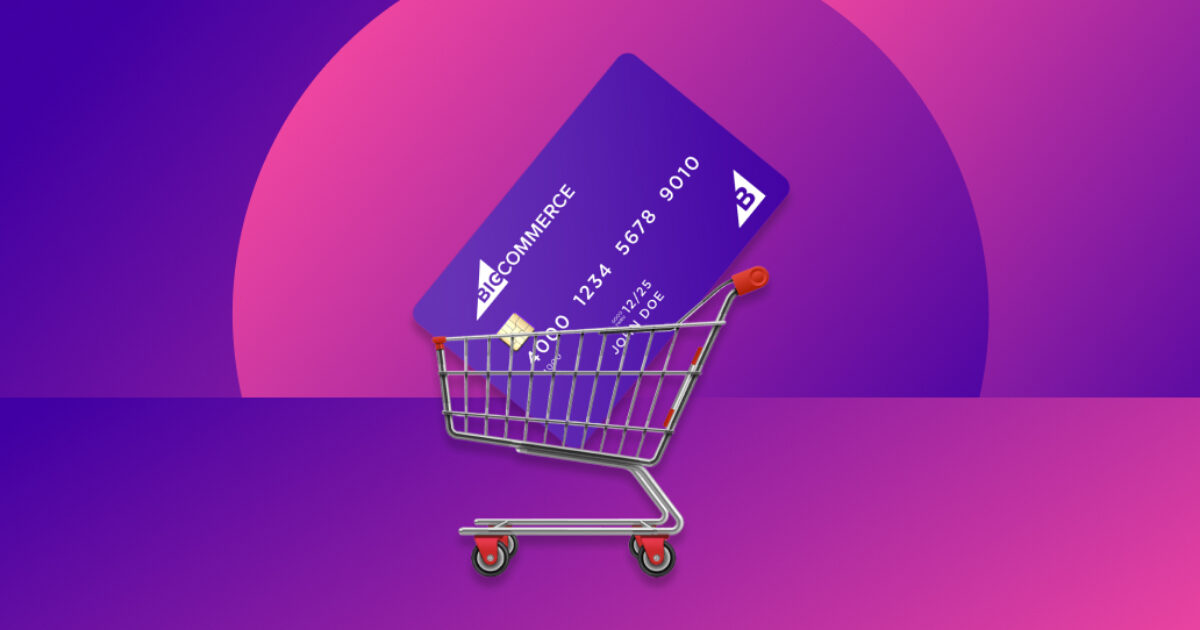In the fast-paced world of e-commerce and digital retail, pricing decisions can make or break a business. With increasing competition and ever-changing consumer demands, static pricing models often fall short. Traditional pricing strategies, which rely on periodic adjustments based on historical data, fail to capture real-time market fluctuations, leading to missed revenue opportunities or inefficient pricing structures. This gap has paved the way for dynamic pricing software—a transformative tool that enables businesses to adjust prices dynamically based on real-time market insights.
Dynamic pricing, also known as demand-based or algorithmic pricing, leverages advanced analytics and automation to ensure prices align with market conditions. By continuously analyzing competitor pricing, customer behavior, and external factors like supply chain dynamics or economic trends, these tools empower businesses to optimize their pricing strategies instantly. Whether it’s an online retailer looking to stay competitive, a hotel adjusting rates based on occupancy, or a rideshare service adapting to peak demand, dynamic pricing software provides a data-driven approach to maximizing profitability.
But how exactly does it work, and what makes it so effective? Let’s explore how dynamic pricing software processes real-time market insights to drive intelligent pricing decisions and unlock new revenue opportunities.
The role of market insight in dynamic pricing
Market insight is at the core of any effective dynamic pricing strategy. It involves analyzing data from various sources, including competitor pricing, consumer behavior, supply chain fluctuations, and seasonal trends. This data-driven approach ensures businesses can adapt their pricing strategies in real time, aligning with market conditions rather than relying on outdated, static price points.
One of the key advantages of market insight is its ability to identify patterns and predict demand fluctuations. If a product experiences increased demand due to seasonal factors or a viral trend, dynamic pricing software can recognize this shift and adjust prices accordingly. Conversely, if demand drops or competitors lower their prices, the system can respond with competitive pricing to maintain sales volume.
How dynamic pricing tools analyze real-time market trends
Dynamic pricing software uses a combination of machine learning algorithms and big data analytics to process vast amounts of information. These systems continuously monitor competitor pricing, customer purchase behavior, and external factors such as economic indicators or regional market conditions.
One of the most critical components is competitor tracking. Businesses no longer have to manually analyze competitor pricing—dynamic pricing tools automate this process by scraping and aggregating pricing data across multiple platforms. If a competitor lowers their price, the software can adjust accordingly to maintain a competitive edge without sacrificing profitability.
Additionally, customer behavior analysis plays a crucial role in pricing adjustments. Dynamic pricing software can evaluate how customers interact with a product, tracking indicators such as page views, cart abandonment rates, and purchasing patterns. This insight allows businesses to optimize prices based on demand elasticity, ensuring they capture maximum revenue without deterring potential buyers.
Finding the right dynamic pricing software: The importance of trustworthy data
Not all dynamic pricing tools are created equal. While automation and analytics play a crucial role, the effectiveness of these solutions ultimately depends on the quality and reliability of the data they use. Businesses must ensure they invest in software that provides accurate, real-time market insights to make informed pricing decisions confidently.
A key consideration when selecting dynamic pricing software is data accuracy. The software should aggregate and analyze data from reputable sources, filtering out inconsistencies and irrelevant fluctuations. Poor-quality data can lead to inaccurate pricing adjustments, which may harm competitiveness and profitability instead of optimizing them.
Another crucial factor is transparency. Businesses need to understand how the software generates its pricing recommendations. If the pricing model is a black box with no clear explanation, decision-makers may struggle to trust its accuracy. The best dynamic pricing tools offer visibility into their algorithms, allowing businesses to fine-tune their strategies based on their unique market conditions.
Additionally, integration capabilities should not be overlooked. The right software should seamlessly connect with e-commerce platforms, inventory management systems, and customer analytics tools. This ensures a holistic approach to pricing, where businesses can align their pricing decisions with stock availability, sales performance, and demand trends.
By prioritizing reliable, high-quality data and a transparent pricing model, businesses can make the most of dynamic pricing software without the risks associated with inaccurate or misleading market insights.
Using market insights to adjust pricing strategies efficiently
A successful pricing strategy requires more than just data collection—it requires strategic implementation. Businesses using dynamic pricing software can leverage real-time insights to achieve different pricing objectives, such as maximizing profit margins, increasing sales volume, or balancing inventory levels.
For instance, if a retailer notices that a specific product is frequently viewed but rarely purchased, the pricing tool can adjust the price slightly lower to encourage conversions. On the other hand, if demand spikes due to limited stock or seasonal interest, the software can increase prices strategically to maximize revenue.
Another effective strategy is personalized pricing. By analyzing customer segments, businesses can offer dynamic prices based on user profiles, previous purchase history, and browsing behavior. Frequent buyers might receive loyalty-based pricing, while first-time visitors could see promotional offers to encourage purchases. This level of personalization enhances customer experience while improving sales performance.
The benefits of dynamic pricing beyond revenue optimization
While increasing profitability is a primary goal, dynamic pricing offers additional benefits that extend beyond immediate revenue gains. One of the most significant advantages is inventory management. Businesses can use pricing adjustments to move surplus stock quickly or prevent stockouts by moderating demand.
Moreover, dynamic pricing enhances market positioning by ensuring businesses remain competitive without resorting to price wars. Instead of engaging in aggressive discounting that erodes margins, companies can use strategic price adjustments to maintain a balance between competitiveness and profitability.
It also contributes to better decision-making in long-term pricing strategies. With continuous market analysis, businesses gain deeper insights into customer preferences and competitor behavior, allowing them to refine their overall pricing models over time.
Why businesses should embrace dynamic pricing software
The modern marketplace is too complex for manual pricing strategies to keep up. By leveraging dynamic pricing software, businesses can make data-driven decisions that align with real-time market conditions, ensuring they remain competitive while maximizing profits.
As technology continues to advance, dynamic pricing will become an even more integral part of revenue optimization strategies. Companies that embrace these tools today will be better positioned to adapt to future market shifts, capitalize on demand fluctuations, and provide customers with pricing that feels both competitive and fair. The ability to harness market insight effectively is no longer a luxury—it’s a necessity in the evolving world of digital commerce.









